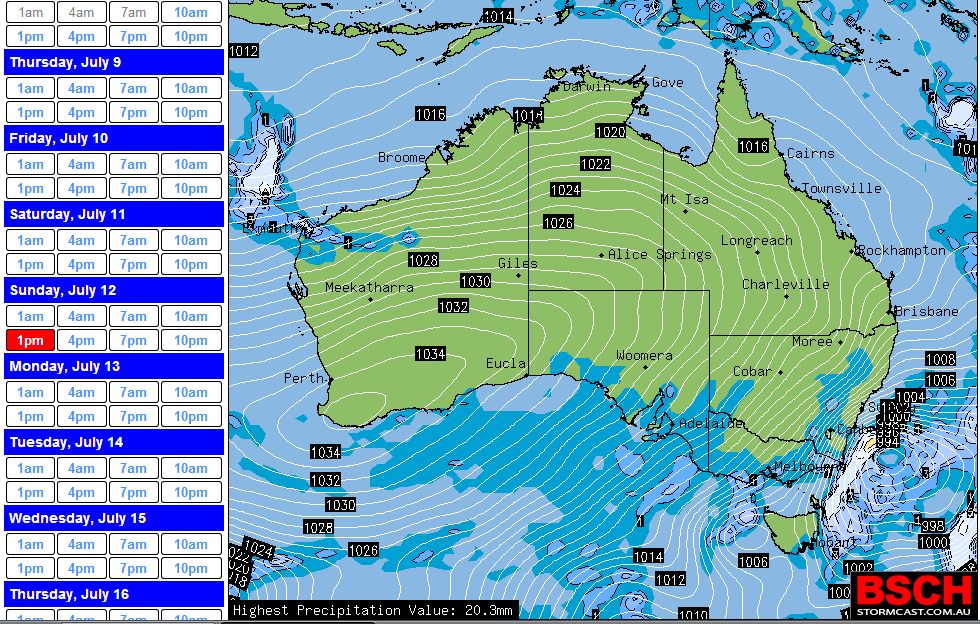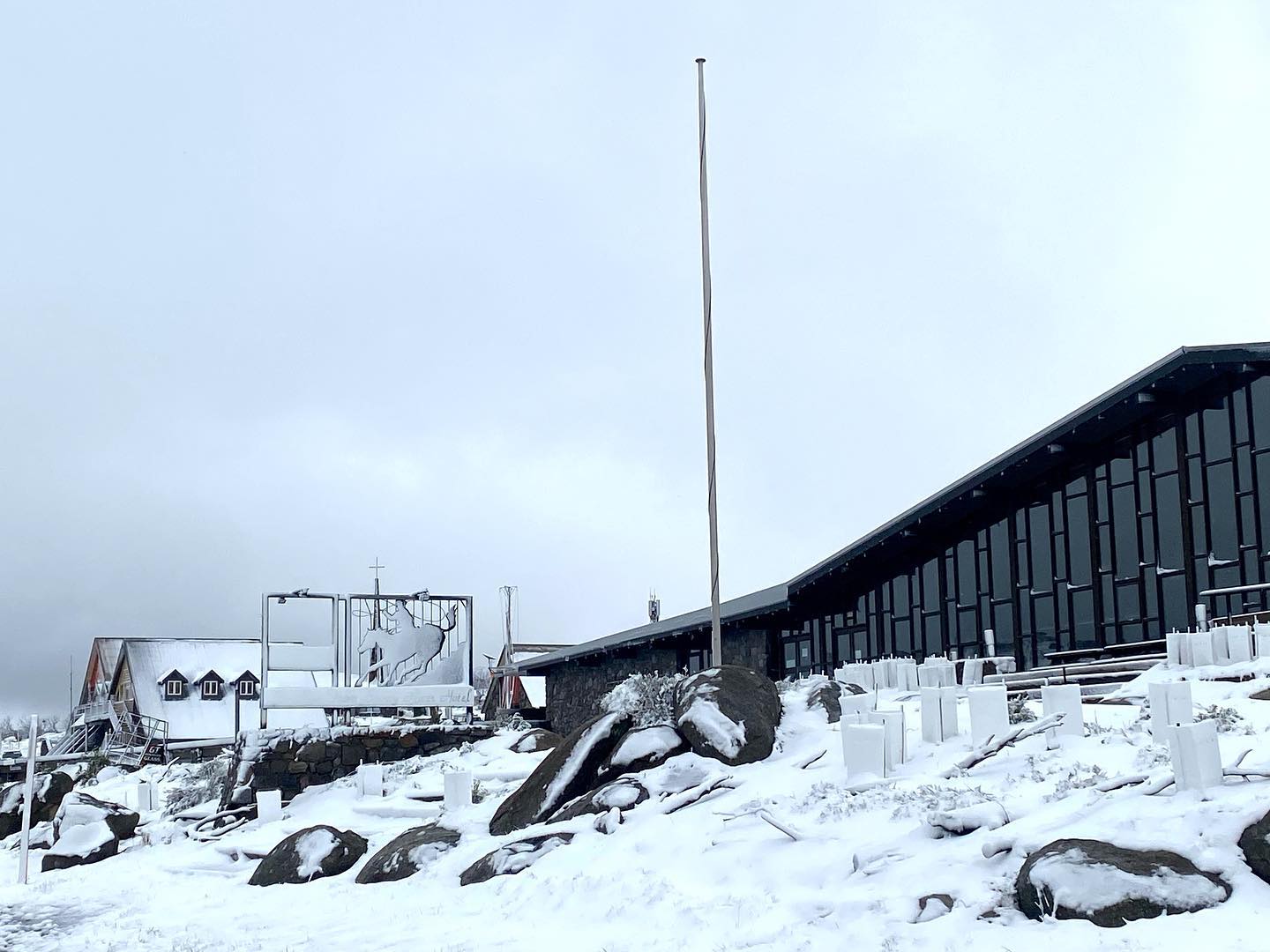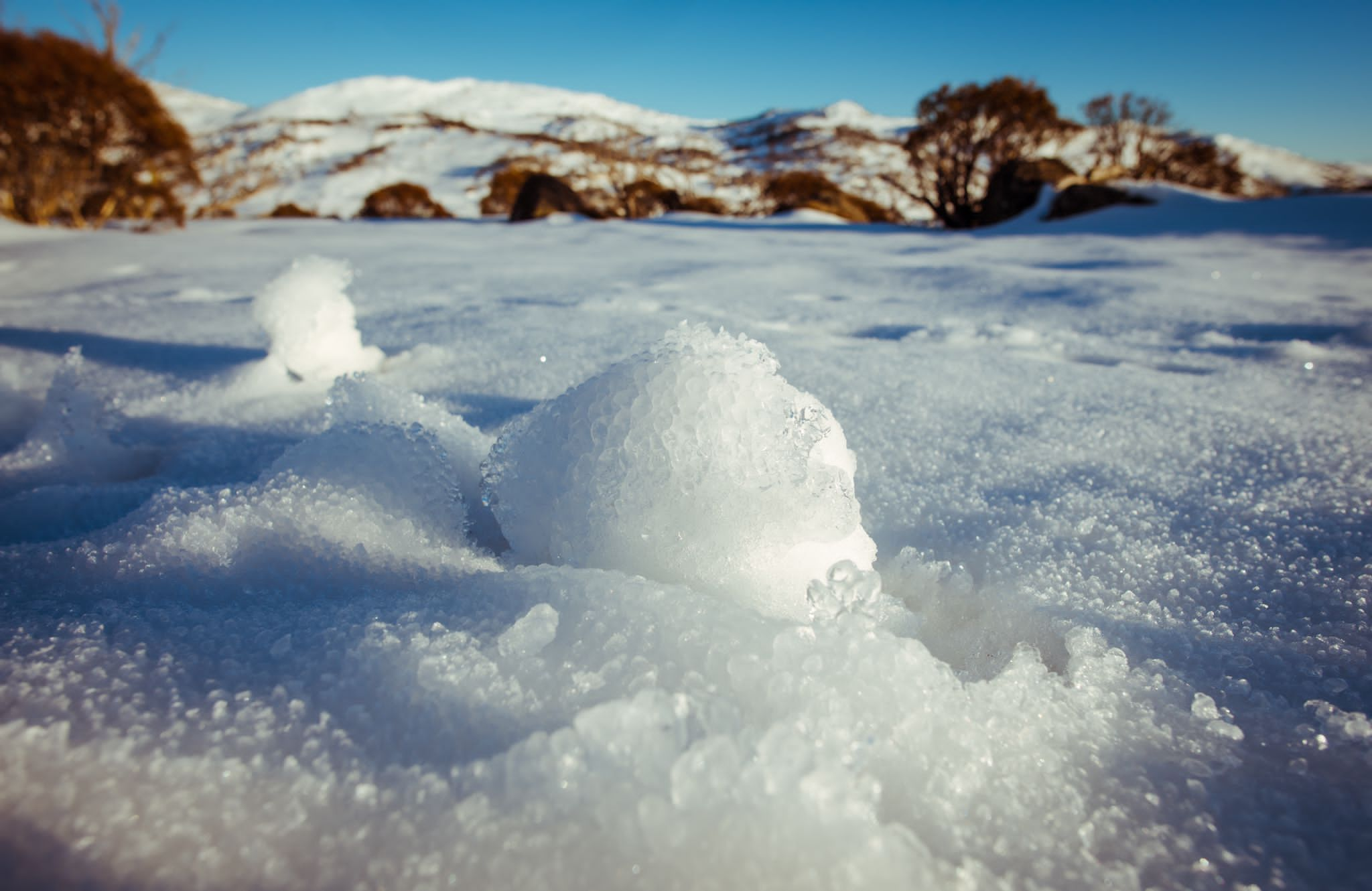Discover the Top Places to Experience Snow In Australia for a Unforgettable Winter Getaway
Discover the Interesting Impacts of Snow in Australia on Neighborhood Environments
Despite its online reputation for sun-soaked landscapes, Australia also flaunts areas buried by snow-- a sensation that profoundly affects the country's unique ecological communities. The shielding homes of snowflakes secure flora and fauna in the middle of the chilliest winter seasons, while the melting snow supports rivers and marine life.
The Unexpected Regions of Snowfall in Australia
Although Australia is usually connected with sandy beaches and sun-scorched landscapes, particular areas surprisingly experience snowfall. The high nation areas of New South Wales, Victoria, and Tasmania are especially understood for their winter months snow. The Snowy Hills in NSW, as an example, get abundant seasonal snow, supplying a raw comparison to the nation's typical hot, dry environment. The Victorian Alps and components of Tasmania likewise see yearly snowfalls, changing the landscape right into a winter season paradise. These locations are not just abnormalities but essential components of Australia's varied environment system. The presence of snow in these areas considerably affects regional ecosystems, ultimately affecting the nation's special biodiversity. The details effect on Australia's unique flora will be talked about in the following section.

Exactly How Snow Impacts Australia's One-of-a-kind Vegetation
While it might seem unusual, snowfall in Australia plays an important duty fit the country's one-of-a-kind vegetation. The snow-filled winters foster resilience in Australian plant species. This is particularly evident in the towering and sub-alpine regions, where snow gums and mountain plum-pines flourish. These plants have evolved to endure in severe problems, with snow functioning as a safety blanket from freezing temperature levels and extreme winds. The snow also contributes to the moisture web content of the soil, offering needed hydration for plant life during the completely dry summer months. Essentially, the snow affects the timing of blooming and seed dispersal, the development prices, and the survival of numerous plant types, showcasing the intricate interplay in between climate and plants in Australia.

The Adaptations of Australian Fauna to Snowfall
Just as Australia's vegetation has adjusted to the wintery problems, the regional animals as well, exhibit amazing adjustments to the snowfall. Variety like the Hill Pygmy-possum, the only Australian marsupial known to hibernate, have actually developed techniques to endure in snowy atmospheres. It utilizes the snow as insulation, hibernating in rock holes under the snow to stay cozy. The Snow Skink, a varieties of reptile, transforms its colour to white throughout winter months, offering camouflage against killers. Birds such as the Snowy Hills' Crimson Rosella additionally adjust their diet regimens to take in available food sources during cooler periods. Hence, regardless of the severe conditions, Australian animals demonstrates a resilient and adaptive nature, guaranteeing their survival in regions experiencing snowfall.
The Role of Snow fit Regional Ecosystems
In shaping the neighborhood ecological communities, the role of snow in Australia is both multilayered and profound. Snow provides a critical water resource, feeding click for source rivers and reservoirs as it thaws, therefore supporting a selection of water life kinds. The presence of snow shapes the vegetation patterns, pet habits, and total sustainability of Australia's distinct communities.

The Future of Snowfall in Australia: Forecasts and Effects

Offered the essential function snow plays in forming regional ecosystems, the future of snowfall in Australia is drawing raising focus from conservationists and scientists. Current climate models forecast a substantial reduction in snowfall due to global warming, with possibly profound impacts on local environments. Much less snow might cause minimized water accessibility in alpine regions, adversely affecting wildlife habitats and plant life. It could modify the timing of seasonal changes, disrupting the life cycles of many indigenous varieties. The tourist market, greatly reliant on the winter months snow season, may additionally encounter substantial difficulties. For that reason, understanding these predictions and their ramifications is important to establish effective preservation approaches, making certain the conservation of Australia's one-of-a-kind biodiversity and the sustainability of its economic climate.
Verdict
The function of snow in Australia's environments is crucial yet typically neglected. Therefore, the snow in Australia is extra than an all-natural phenomenon; it's an essential player in the country's environmental narrative.
In spite of its online reputation for sun-soaked landscapes, Australia additionally boasts areas buried by snow-- Discover More a phenomenon that exceptionally influences the nation's distinct ecological communities. It uses the snow as insulation, hibernating in rock crevices below the snow to remain cozy - Does Australia Get Snow.In shaping the regional environments, the function of snow in Australia is both extensive and multilayered. The existence of snow shapes the vegetation patterns, pet actions, and total sustainability of Australia's distinct ecological communities
Offered the important role snow plays in he said shaping local ecosystems, the future of snowfall in Australia is drawing increasing focus from researchers and conservationists.